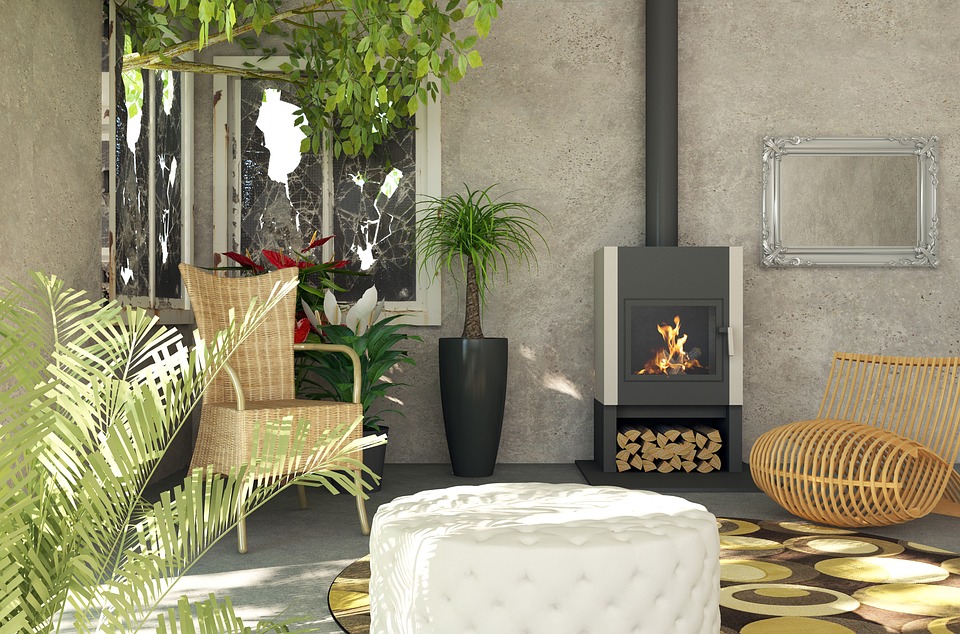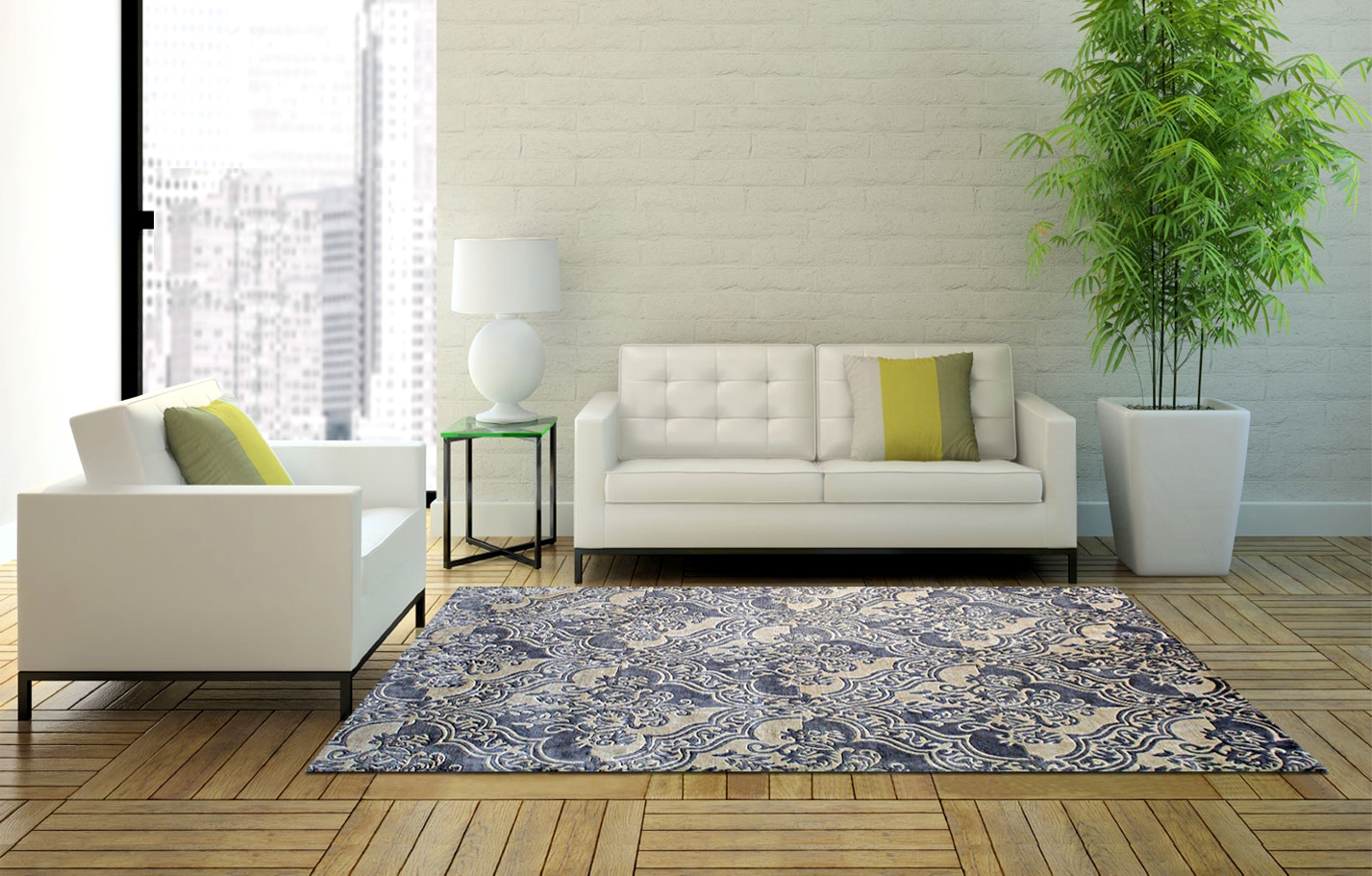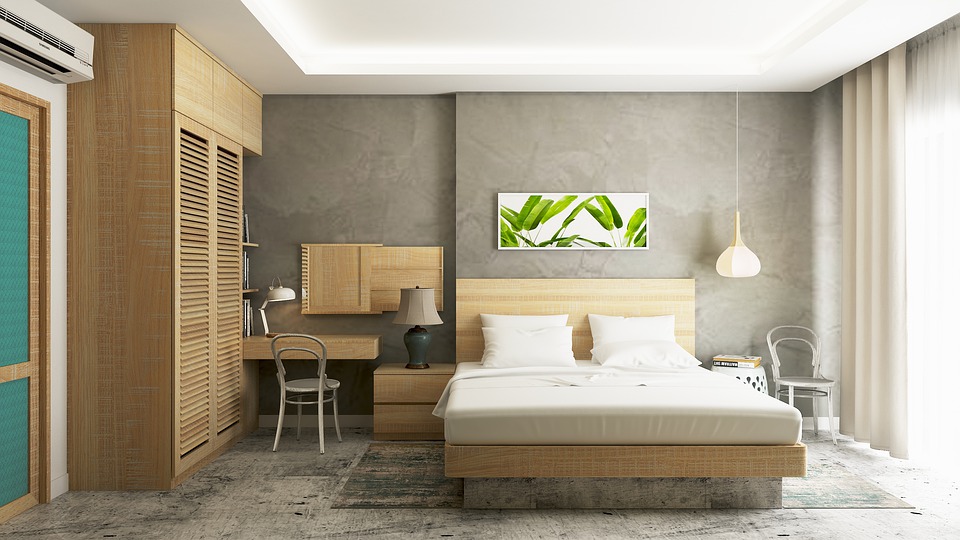
If what's inside is what counts, the home interior should be made as sustainable as possible. With home interior, sustainability usually relates to eco-friendly design and décor, materials that improve the air quality, and our reduced impact on the environment. Here’s what you should do.
Decorate with plants
The maths is simple – plants produce oxygen and filter harmful chemicals from the air. Besides, they bring you closer to nature by providing natural beauty, ambience, and freshness to your home. While lilies, bamboo, palm, and ivy are known for their air-purifying qualities, you can also use jasmine that releases a nice fragrance at night, scented geraniums, lavender, tea rose begonia or any of the citrus family. If you're an absolute beginner in planting and indoor landscaping, a mini redwood bonsai starter pack will help you get started.
Add more natural light
With the environmental concerns due to higher energy demand, natural lighting has become a highly popular makeover project. First, maximise the amount of natural sunlight that filters into your space by removing heavy curtains and blinds. If your windows are insulated and weather-stripped, there’s no fear that heat will escape. Double-glazing and caulking around the windows is another step that reduces air leakage without disrupting the sunlight. As a final touch, repaint the walls in bright colours which reflect the light.

Avoid products with VOC content
Volatile organic compounds (VOCs) are organic chemicals that evaporate at room temperature. The nauseous odour found in many paints, adhesives, household cleaning products, air fresheners, furniture upholstering, and carpets comes from VOCs. In an enclosed space, the concertation of VOCs can be up to five times higher than outdoors, which can lead to many health problems such as eye and throat irritation, headaches, liver damage, and even nervous system disturbances. Use Green Seal-certified paints and other products, as well as those labelled “low odour”. If possible, avoid plywood, particleboard, and other wood composites.
Choose natural fibres
Choosing pillows, mattresses, upholstery, beddings, and rugs made from wool, hemp, or cotton cuts down on the production of synthetic materials that ultimately end up in landfills with no prospect for reuse or decomposition. Although VOC-filled synthetics became a norm for floor covers, more manufacturers offer earth-friendly alternatives. For example, natural fibre rugs by Miss Amara NZ show that organically occurring plant and animal materials such as sisal, cotton, jute, hemp, and wool can be used to create intricate patterns and textures that no engineered fibre can replicate.
Use sustainable furniture
Although tables and chairs made from plastic moulding are inexpensive, you can hardly use them for truly sustainable renovations. To make your home interior eco-friendlier, use furniture made from natural wood. However, not all woods are sustainable. Always look for wood with a certification that guarantees it comes from responsibly harvested forests. You can use bamboo which is a quickly renewable material or even better buy antiques or used furniture. Particleboard and fireboard are made from compressed sawdust and shavings bonded together with synthetic resins that often contain formaldehyde. By contrast, wood furniture is held together with wood joinery which reduces the use of adhesives.

Install energy-efficient lighting
Instead of using incandescent light bulbs that produce large amounts of heat that can't be used, switch to energy-saving LED lights. Although compact fluorescent lights (CFL) are less expensive upfront, they still contain harmful vapours which eliminate the other sustainable benefits. The price of LEDs continues to fall, and more and more homeowners choose LEDs as they pose no heat or other hazards to home, as traditional lighting does. Apart from using up to 70% less power, these eco-friendly lights also last from 10 to 25 times longer than incandescent bulbs.
Give glass a chance
Tiles made of recycled glass can be used in kitchens and bathrooms. Unlike other flooring materials, glass tiles don't soak up water or develop stains that breed bacteria and moulds. Using recycled glass products is also great for the environment as it reduces the amount of glass that keeps piling up in the landfills. Glass is 100% recyclable and can be recycled endlessly without loss in quality and purity. Unlike other materials, recycled glass can substitute up to 95% of raw materials.
With the modern world fighting pollution and other adverse health effects of our development, working to improve our environment starts at home. These seven tips show that you don't need a professional to design a great sustainable interior.
Written by Lillian Connors
About the Author
Lillian Connors can’t resist the urge to embark on a myriad of green living/home improvement projects and spread the word about them. She cherishes the notion that sustainable housing and gardening will not only make us far less dependent on others regarding the dwellings we inhabit, but also contribute to our planet being a better place to live on. You can check her out on Twitter and LinkedIn.
You may also like
Painting the House Green: An Earth-Friendly Guide
Surprisingly Simple Ways to Refresh Your Worn-Out Furniture
Interior Design: Bringing Raw and Natural Elements Into a House
13 Science-Backed Ways to Prevent Air Pollution in Your Home
Eco-Friendly Lighting: Light Up Your Home in Energy-Efficient Way
